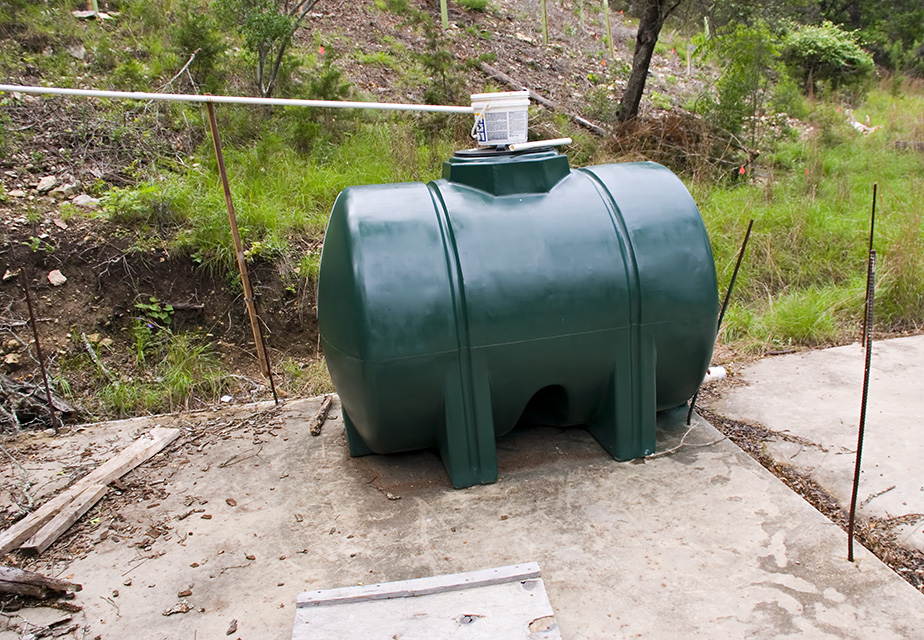
There are a number of reasons why chlorine is the most commonly used method of water disinfection by homeowners and water providers alike. Chlorine is safe, doesn’t cost much, and isn’t so difficult to manage in a water system.
These same reasons are why chlorine is also great for use in cleaning the surfaces of rainwater storage tanks. If you’re looking to use chlorine to clean the surfaces of a tank, know that in order to truly benefit from its use, it’s important that you know how to properly apply it to the tank surfaces, as well as the amount you can apply, and the amount that’s considered too much.
- Tidy up the reservoir or storage tank. Remove any debris and hose or scrub off any form of dirt or deposits on the interior. If it’s possible, pump out all foreign matter or suspended solids in water.
- Scrub the interior surface of the reservoir or storage tank with strong chlorine solution that contains 1.9 litre of household bleach or 0.95 litre of swimming pool chlorine for every 19 litres of water.
- Check the tank for any leaks or cracks. Parts to check include the vents, lid, or man-way. Ensure that no rodent, debris, or insect can get into the tank during normal operations by screening all vents properly and sealing the lid tightly.
- Add chlorine to the tank. Make sure to let it sit for at least twelve hours. If you’ve decided on adding a higher concentration of chlorine, make sure it sits for only 2-6 hours. Drain and flush the tank after the time the chlorine needs to sit has elapsed, and never drain chlorine into a septic tank or into a river, lake, or creek.
- Exercise caution if applying chlorine to steel storage tanks, since chlorine can cause steel tanks to corrode. The more often chlorine is used, the faster the water tank develops leaks.
- Clean the tank with chlorine at least once a year.
Mentioned above were the steps involved in using chlorine to clean a rainwater storage tank, which is just one way to make sure that all rainwater stored in a water tank stays clean. Here are more ways to ensure the cleanliness of all rainwater that enters and stays in your rainwater storage tank:
* An adequate number of filters, and their proper installation, of course. Remember that a good rainwater collection system is one that has a number of filters, all of which need to have tiny holes or pores to prevent the entry of mosquitoes and other insects, as well as all manner of debris and pollutants.
* First flush devices. These devices help prevent the first runoff of rain from getting into the tank, thus helping to completely eliminate the chances of pollutants, debris, and animal droppings getting into the tank.
* Desludging. A rainwater storage tank needs to be examined for sludge accumulation at least 3 years. Removal is done by siphoning or by the complete removal of the tank.



Leave A Comment